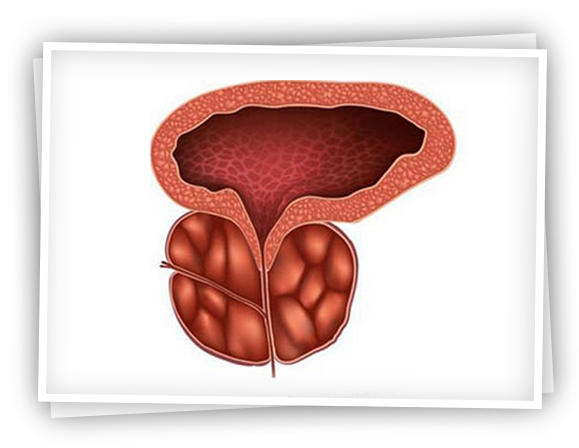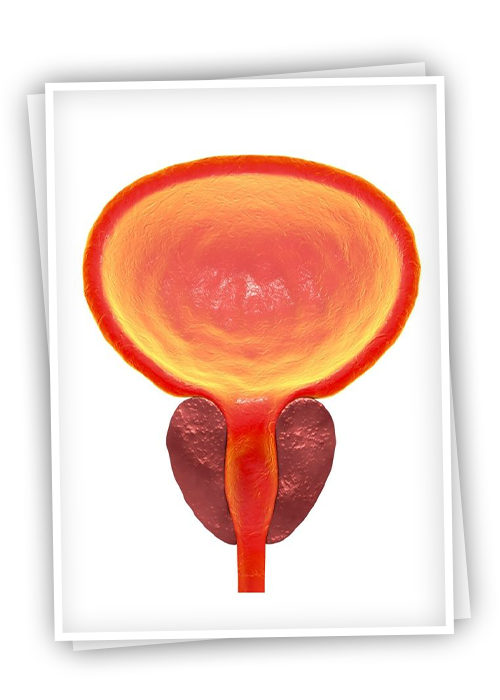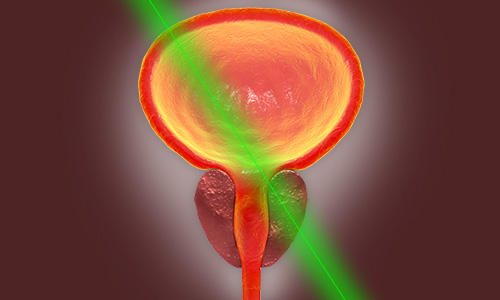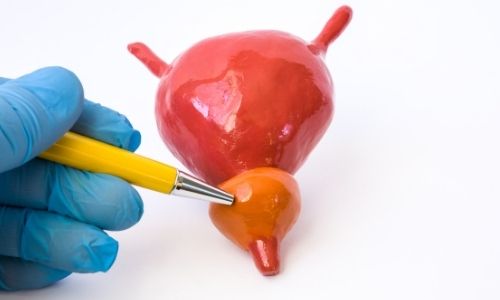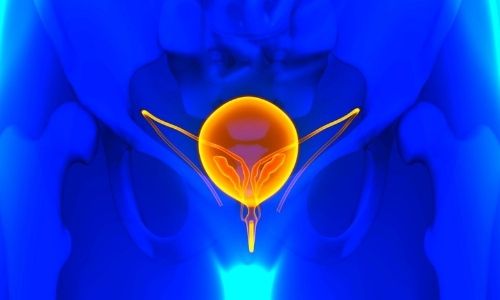The procedure is performed under anesthesia (local, periprostatic block, sedation or spinal anesthesia). A thin instrument with a camera called a cystoscope is entered through the external urinary canal, and the prostate is examined. It is seen that the lateral lobes of the prostate block the urethra. Suspension implants are placed into the prostate tissue with a special tool (applicator) at the 3 and 9 o'clock positions in the prostate tissue 1.5 cm below the bladder neck. One end of these implants advances with a needle towards the prostate capsule and is in nitinol structure. Its end on the urethral mucosa is made of stainless steel and the two ends are connected by an insoluble thread. It is observed that the prostate tissue between these two ends is compressed in a sense and the urinary canal is opened. Depending on the shape of the prostate, 2 or 4 implants can be placed.
Patients can return home the same day after the procedure. A catheter can be inserted for a few days for those who have severe bleeding after the procedure. Apart from that, the probe is not inserted during the routine procedure. There may be slight bleeding and burning in the urine. After a short time, they can return to their normal daily activities.
